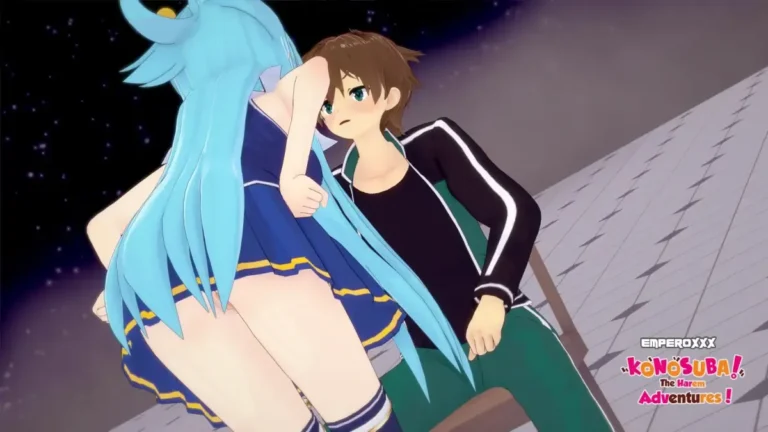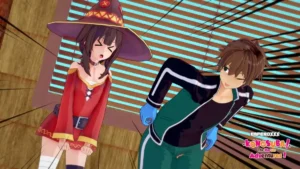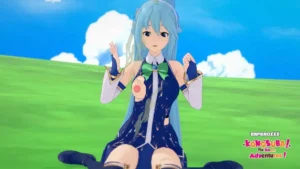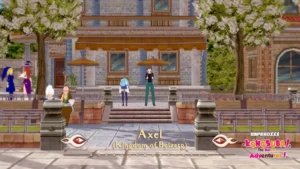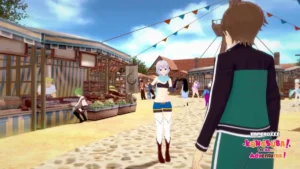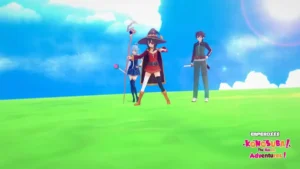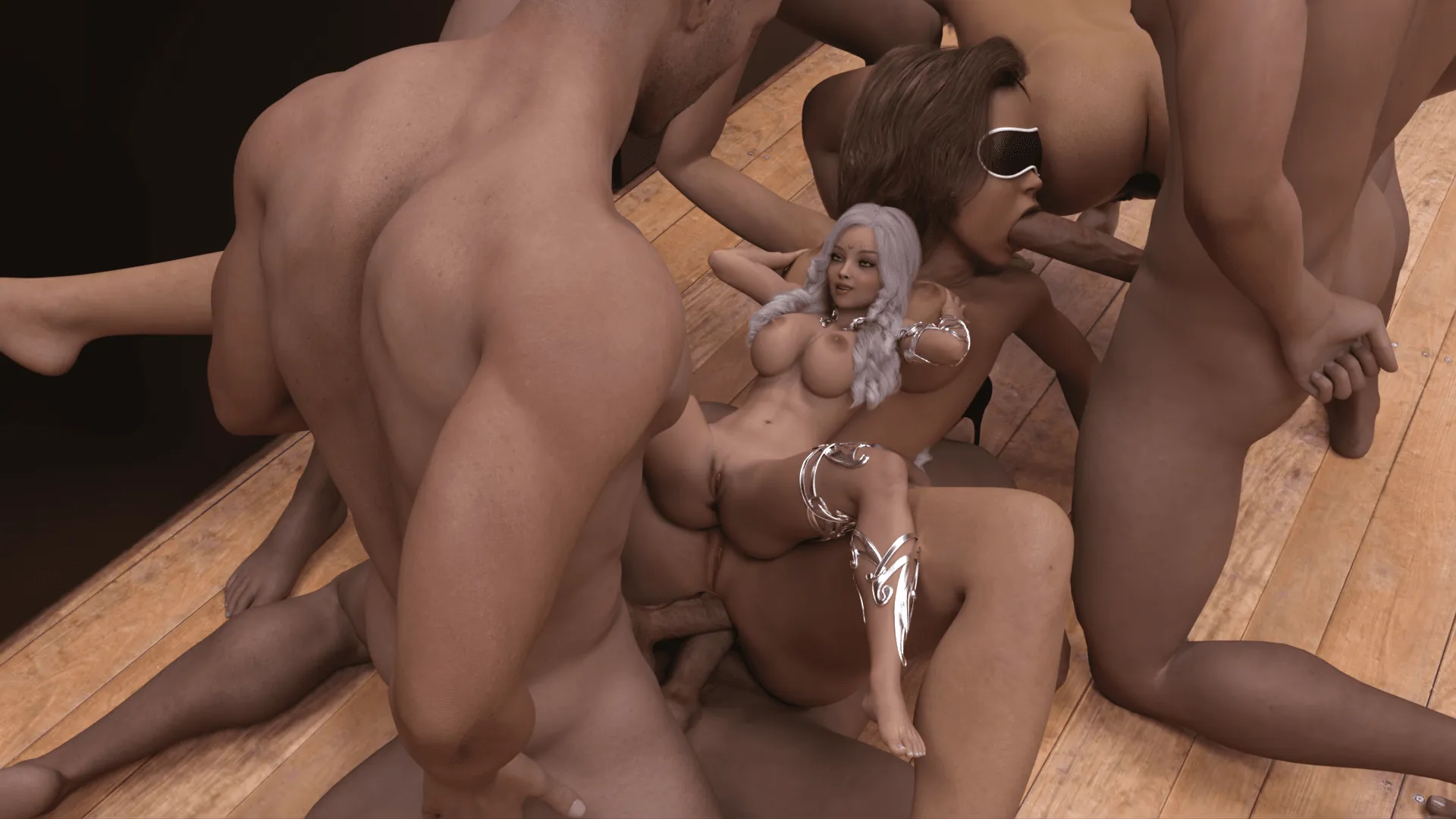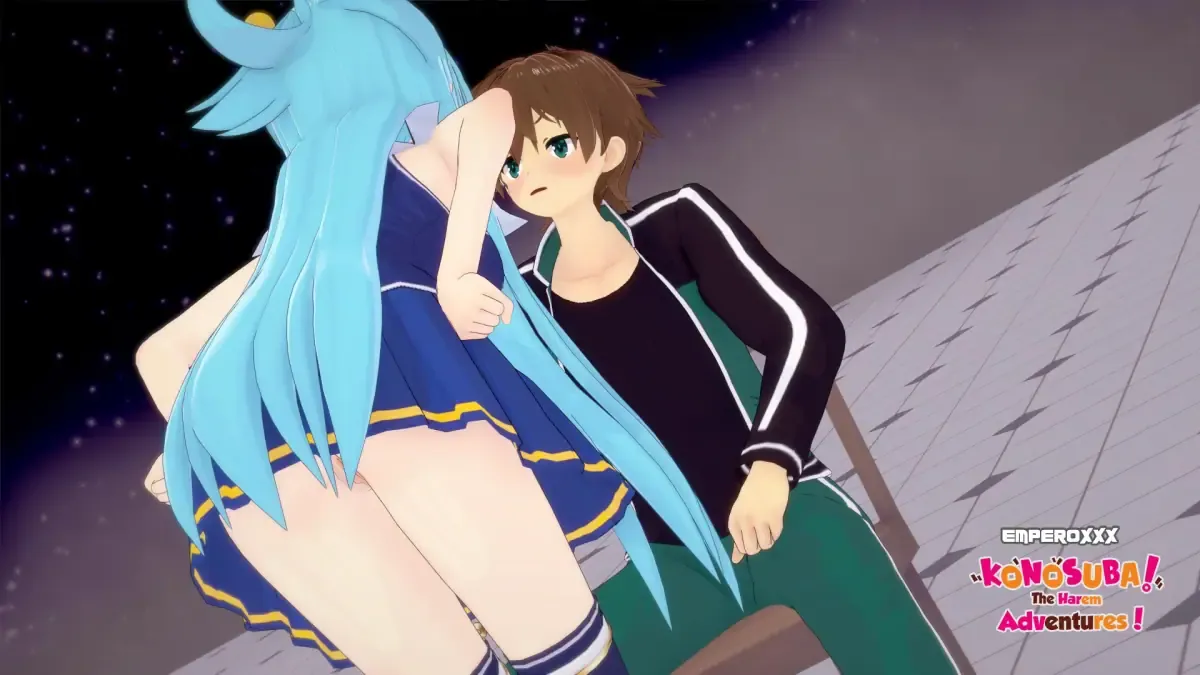
KonoSuba – The Harem Adventures
Play KonoSuba – The Harem Adventures
KonoSuba – The Harem Adventures review
Complete Overview of Gameplay, Characters, and Features
KonoSuba – The Harem Adventures stands out as a unique interactive experience that brings the beloved KonoSuba franchise to life in an entirely new way. This game combines strategic gameplay with character-driven storytelling, allowing players to engage with the world of Kazuma and his companions like never before. Whether you’re a longtime fan of the series or new to the KonoSuba universe, this guide will walk you through everything you need to know about the game’s mechanics, characters, and what makes it a compelling experience for players seeking adventure and humor.
Understanding KonoSuba – The Harem Adventures Game Mechanics
Core Gameplay Systems and How They Work
Let me tell you about the first time I booted up KonoSuba – The Harem Adventures 🎮. I expected a simple visual novel, but what I found was a surprisingly deep interactive adventure. The core KonoSuba game mechanics are a brilliant mix of classic RPG elements and the series’ signature chaotic humor. You don’t just watch the story unfold; you actively live it through a series of choices, exploration, and character management.
At its heart, the game is driven by decision-making mechanics. You’ll constantly face choices in conversations and during events, and these aren’t just for show. Your decisions directly influence the story’s direction, character affinity, and even the quests available to you. It’s like being Kazuma yourself, trying to navigate this absurd world without ending up in debt or jail! 😅
Understanding the party composition strategy is your first step to success. You assemble your team from the beloved—and deeply flawed—cast. Do you go with the classic quartet of Kazuma, Aqua, Megumin, and Darkness? Or do you mix it up for different dialogue and strategic advantages? Each character brings unique skills and, more importantly, unique interpersonal dynamics that affect everything. This is a key part of the gameplay features explained—your team isn’t just about stats, it’s about personality.
The game masterfully balances humor with strategic elements. One moment you’re making a tactical decision about how to approach a monster, and the next, your entire plan is derailed by Aqua crying or Megumin exhausting herself with a single spell. 🧨 The strategy comes from managing these predictable character flaws. You have to plan around Megumin being useless after her explosion, account for Aqua’s uselessness in most practical situations, and leverage Darkness’s… unique interests. It’s chaos, but it’s a chaos you can learn to direct.
Pro Tip: Don’t fight the chaos. Lean into it. The most rewarding moments in the game come from embracing the party’s dysfunctional nature rather than trying to force them into a conventional RPG mold.
Character Interaction and Relationship Building
This is where the game truly shines. The character relationship system is the emotional core of the entire experience. It’s not a simple meter you fill up with gifts; it’s a living, breathing dynamic that changes based on your actions, words, and who you choose to spend time with. Building these connections is my favorite part of how to play KonoSuba Adventures.
The affection system mechanics are beautifully woven into the narrative. By choosing to spend time with a specific character, selecting dialogue options that appeal to them, and successfully completing their personal quests, you deepen your bond. I learned this the hard way when I kept making pragmatic, Kazuma-like choices that annoyed Aqua, locking me out of some of her funniest early-game events. 😭 Each character has a unique “Affinity” level, and raising it unlocks special events, new dialogue options, and can even change how party members interact with each other.
Your choices affect character dynamics in profound ways. For example, consistently siding with Megumin might make Darkness feel neglected, leading to unique, somber conversations with her later. The game remembers everything. The party banter during exploration and quests will change based on who likes you and who is currently mad at you. It creates a genuinely reactive world.
The most rewarding aspect is unlocking character-specific events. These are like mini-episodes from the anime, focusing on your chosen character and often resulting in hilarious or heartwarming moments. Advancing the affection system mechanics is the key to seeing the best content the game has to offer.
Here’s a look at how different team setups can change your experience:
| Party Composition | Strategic Strengths | Unique Dialogue & Interaction Focus |
|---|---|---|
| Kazuma, Aqua, Megumin, Darkness | Balanced (Steal, Support, Burst Damage, Tank) | Classic series banter; focuses on the core group’s dysfunctional family dynamic. |
| Kazuma, Megumin, Yunyun, Wiz | Magic-heavy, high burst damage | Explores Crimson Demon rivalries and Wiz’s kind-hearted, undead woes. Lots of explosion-related chatter. |
| Kazuma, Darkness, Chris, Eris (if available) | Stealth and sustained physical damage | Focuses on chivalry, thievery, and the dynamics between the goddesses. Often more serious in tone. |
| Kazuma, Aqua, Wiz, Vanir | Unstable but powerful spiritual/magical support | Absolutely chaotic comedic interactions centered on the divine, the undead, and a devil. Expect constant bickering. |
🔄 👥 ❤️
Quest Structure and Progression System
The quest progression guide starts with a simple truth: not all quests are created equal. The game structures its missions in a way that perfectly captures the feel of the anime. You’ll get official requests from the Adventurer’s Guild, but you’ll also stumble into countless unplanned “quests” thanks to your party’s knack for trouble. Understanding this flow is crucial to your quest progression guide.
You’ll typically undertake missions by visiting the Guild. These range from slaying giant frogs (a nostalgic and dangerous starter) 🐸 to gathering materials or solving town disputes. The brilliance of the quest progression guide system is that many of these missions can be approached in multiple ways. You can use Kazuma’s “Steal” skill to bypass a fight, use Megumin’s explosion to solve a problem (and create a bigger one), or try to talk your way through—each method affecting your rewards and character relationships differently.
Earning rewards isn’t just about Eris and experience. The real treasure is the character relationship system advancements. Often, the choice of how to split reward money or which character to help during a multi-part quest will have a bigger long-term impact than the currency you receive. I once gave a rare item to Megumin instead of turning it in for a cash reward, which triggered a whole new story branch about her researching advanced explosion magic. 💥
Player choices influence story outcomes significantly. The game is filled with branching paths. For instance, a simple early quest might involve retrieving a stolen item.
- Choice A: You find the thief and turn them in to the guards. You get a standard reward and a small affinity boost with Darkness, who approves of the lawful action.
- Choice B: You find the thief, but they’re down on their luck. You let them go and lie to the quest giver. You get a smaller reward, but a big affinity boost with Kazuma (who relates to the struggle) and Chris (who understands the thief’s life).
- Choice C: You and your party’s incompetence leads to the item being destroyed. You get no reward, everyone’s affinity decreases, and you have to deal with the angry quest giver. It’s a failure, but it might unlock a uniquely funny scene of your team trying to weasel out of responsibility.
This is how you progress through the game. It’s not a linear march from level to level, but a web of interconnected stories shaped by your decisions and your relationships. The quest progression guide is really a guide to managing consequences. You’re not just checking boxes; you’re writing your own version of the KonoSuba story, one chaotic decision at a time. 🏆 ✨
Mastering the KonoSuba game mechanics ultimately means understanding that your power comes from your bonds with this hilarious, dysfunctional family you’ve assembled. Your party composition strategy and how you nurture the character relationship system through the affection system mechanics are what truly define your adventure and lead you to the most satisfying and entertaining conclusions.
KonoSuba – The Harem Adventures delivers a compelling experience that successfully translates the beloved franchise into an interactive gaming format. The game’s strength lies in its combination of strategic gameplay mechanics, character-driven storytelling, and faithful representation of the series’ humor and charm. From the intricate party composition system to the meaningful character interactions that evolve based on player choices, every element works together to create an engaging adventure. Whether you’re drawn to the strategic depth of party management, the satisfaction of building relationships with characters, or simply experiencing new stories within the KonoSuba universe, this game offers substantial content and replayability. The developers have crafted an experience that respects the source material while creating something fresh and interactive. If you’re a fan of the KonoSuba series or enjoy character-focused adventure games with humor and depth, this title deserves your attention. Start your adventure today and discover why players continue to engage with this unique interactive experience.
